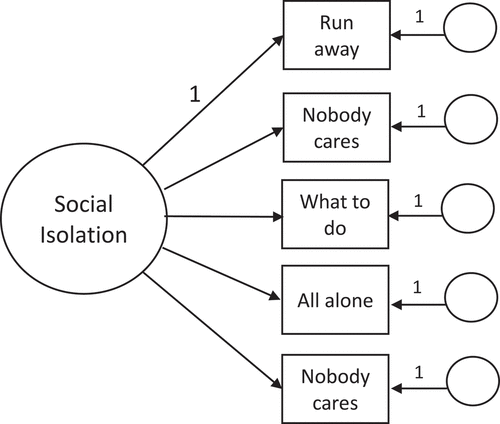Figures & data
Table 1. What can be learned about measures using CFA for ordinal level data
Table 2. What can be learned about measures using IRT for ordinal level data
Table 3. Item response frequencies
Table 4. CFA parameter estimates
Table 5. Item generalized S-χ2 and RMSEA indexes
Table 6. Item graded response model parameter estimates
Figure 2. Category response curves for 3 response options (Ps) per item
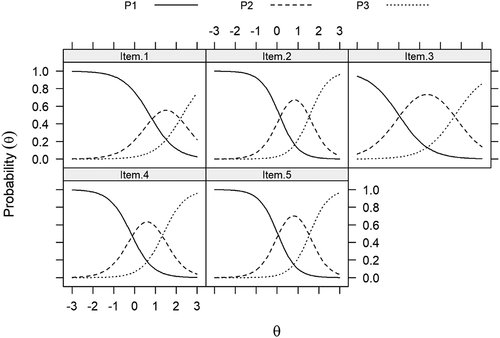
Figure 3. Item information curves
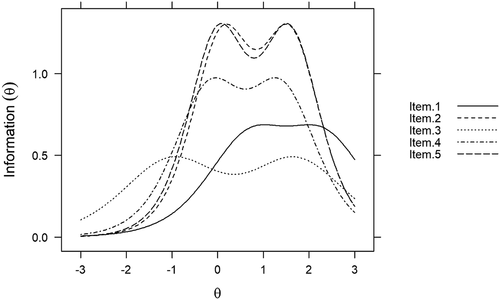
Figure 4. Scale information curve and conditional standard error curve
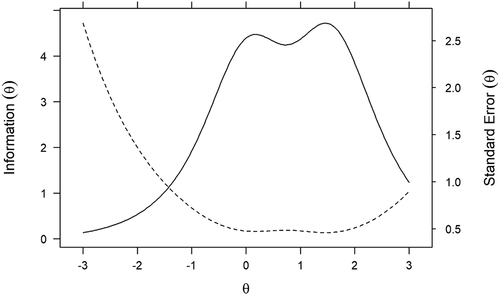
Figure 5. Conditional reliability
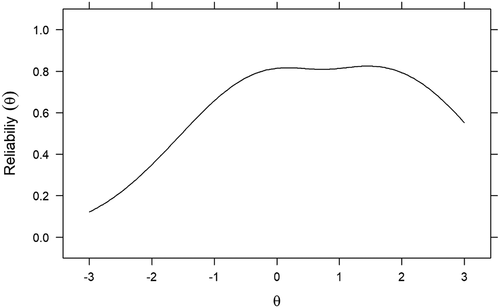
Figure 6. Scale characteristic curve linking estimated θ scores and expected true scores
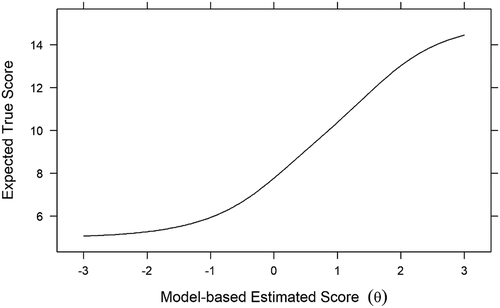
Table 7. Integrated performance information about the social isolation scale based on CFA and IRT results

